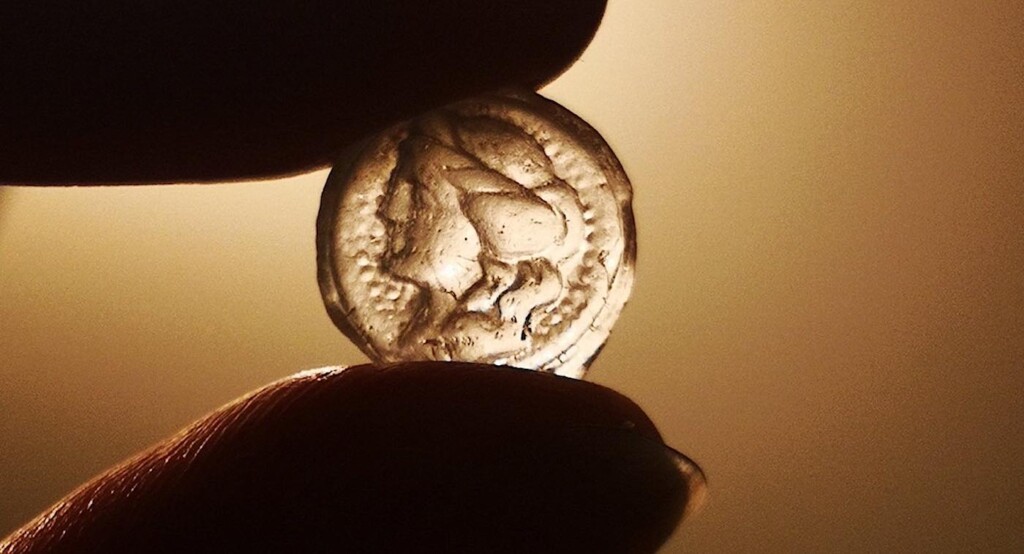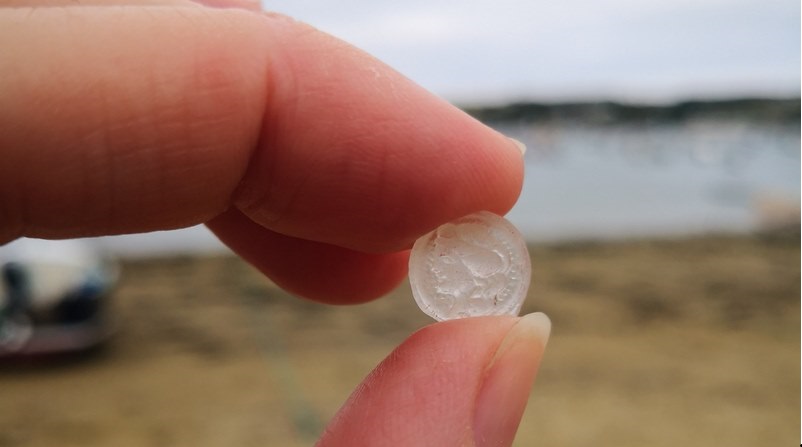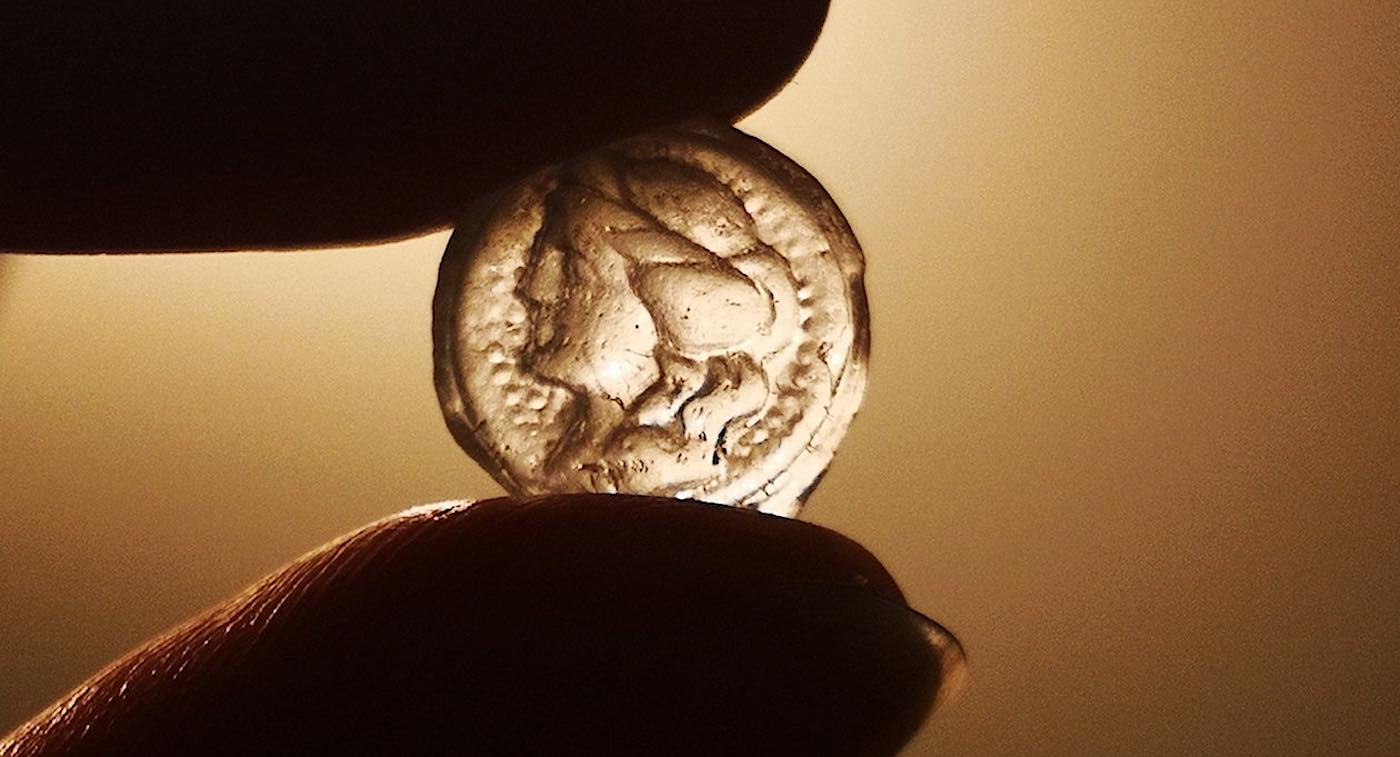
43-year-old Nikki Banfield says it’s always when she’s not looking for treasures on the beach that she finds treasures on the beach.
Recently, she came upon a glass ‘cameo’ about the size of a penny with the depiction of a woman’s face, an object that may be 200 years old, but could also be 2,000 years old.

Cameos, Banfield explains to the English media service SWNS, are known as ‘glyptics.’ These little ornaments are associated with ancient Greece and Rome and have been around for thousands of years.
However, she adds that cameos became popular jewelry pieces throughout the Victorian period, leading to the confusion over its origin.
Banfield adopted the handle The BareFoot Photographer due to venturing without shoes whilst capturing images from her local environment on the Isles of Scilly, a small archipelago off the tip of Cornwall, England, where she found the curio.
“I always find when I’m on the beach and am not looking for things that that is when I find things,” said Banfield. “I spotted what I thought was a button at first glance. But upon scooping it up, and holding it up to the light, I realized it was something very different.”
“We think this is a miniature glass cameo, rather than an intaglio—as the miniature head in the piece is raised, whereas in an intaglio, the design would be imprinted,” she added.
Banfield is meeting with a curator in the local Scilly museum to see if they can confirm the mystery around the object which is about the size of a thumbtack.
ALSO CHECK OUT: Postcard Finally Arrives in Swansea 121 Years After it Was First Sent–Quest to Find Descendants Begins
“It is about the right size to have been used in a small piece of jewelry, either a ring or a necklace. Collectively known as glyptics, and most strongly associated with ancient Greece and Rome, cameo and intaglio have been around for thousands of years.”
STUMBLING UPON HISTORY: Family Unearths Treasure of 1,500 Medieval Coins During Excavation for a New Swimming Pool
“Often used as talismans and for protection, they were carved with images of deities, mythological figures, animals, loved ones and narrative scenes,” she concluded, saying that the optimist and romantic in her would love to think it was something ancient, with a wonderful story.
“But whatever it turns out to be it’ll still be a hugely special find, as it’s beautiful and has captured the imaginations of so many.”
SHARE This Fascinating And Random Find On A Random Beach…




















